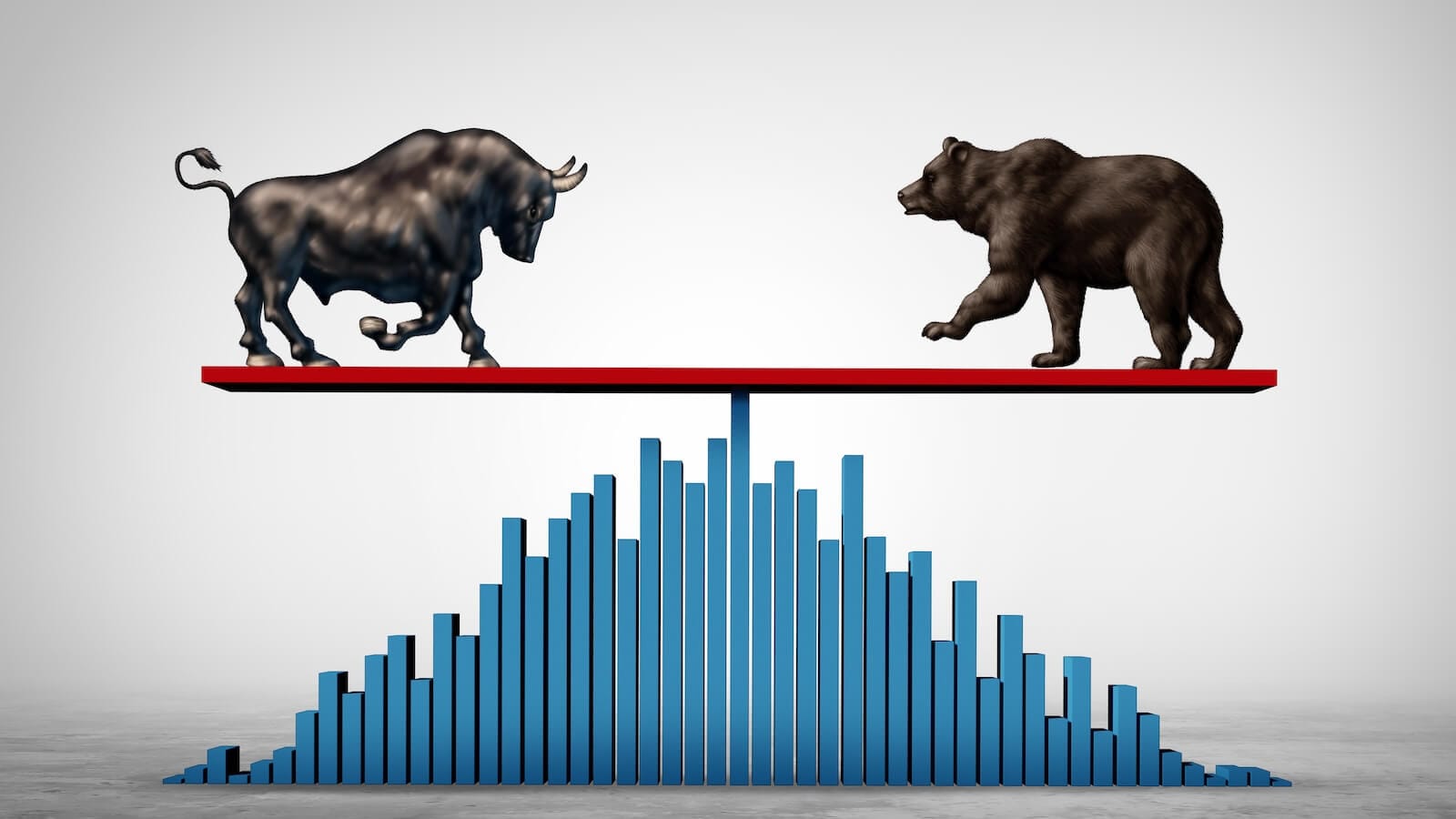Are the Tariffs Bullish or Bearish for the US Dollar?
Tariffs have been front and center of market attention, but one asset class that has been relatively subdued in its response has been the US Dollar Index. It has declined in recent weeks, but a review of the technical picture suggests that the sell-off is part of an overall corrective period rather than a warning that a new primary bear market is about to start.
For example, the dashed arrows in Chart 1 show that the series of rising peaks and troughs dating from 2011 is still intact. The solid green arrows underscore the fact that each up wave in this progression was accompanied by a rising long-term Know Sure Thing (KST) buy signal. The most recent corrective signal generated by this momentum indicator did not take the form of a decline, but rather a multi-year trading range.
Fast forward to the present and another buy signal hints that a new up wave may be close at hand. So far, it's anemic and could easily reverse. However, as long as the 100 level which marks the low water mark for the trading range remains intact, so does the bull market case.

CHART 1. THE TECHNICAL PICTURE OF THE U.S. DOLLAR. There's a chance for a new buy wave as long as the U.S. dollar doesn't drop below 100.
Chart source: StockCharts.com. For educational purposes.
The green shaded areas in Chart 2 tell us when the KST is above its nine-month MA. It also signals the possibility that a false upside breakout took place earlier this year. I like to see whipsaw moves confirmed by other technical evidence and so far, we don't have that, as the Index remains above its 48-month MA and the red support trendline joining the trading range lows. If those two benchmarks give way, all hell could break loose on the downside.

CHART 2. KEEP AN EYE ON THE 48-MONTH MOVING AVERAGE AND RED SUPPORT TRENDLINE. A break below these two could mean a big downside move in the U.S. dollar.
Chart source: StockCharts.com. For educational purposes.
Other evidence indicates that the Index has reached a crucial technical juncture, which can be appreciated from Chart 3. In that respect, the green shading tells us when the PPO is trading above zero. One of the things I like about this indicator is that it has generated very few whipsaw signals since the turn of the century but has captured most of the rallies. The small blue arrows plotted on the chart demonstrate that the equilibrium point has historically represented an important support point by turning back numerous declines.
The Percentage Price Oscillator (PPO) is currently positioned just above zero, so it's crunch time, as far as this series is concerned. Unfortunately, it's unwise to use the 12-month MA as a benchmark because it has already experienced three false negatives since 2023 and is therefore unreliable as long as it is confined to the trading range.

CHART 3. PPO IS BARELY ABOVE ZERO. Will the indicator turn around?
Chart source: StockCharts.com. For educational purposes.
Chart 4 features the Dollar Index and the Special K indicator. Most of the time, major turning points in the indicator occur more or less simultaneously with the Index. However, we only know with a lag and not in real-time when such reversals have taken place. Consequently, it makes sense to rely on trendline violations if available, and signal line crossovers.
Previous crossovers since 2015 have been identified by the red and green arrows. The most recent, at the turn of the year, was followed by a rally and subsequent correction. As a consequence, the Special K has reached a crucial position right at its signal line. This looks precarious for the dollar but note also that the daily KST in the bottom window is deeply oversold, meaning that my theory of a bull market holds water, the Index ought to rally in the period directly ahead.

CHART 4. US DOLLAR AND SPECIAL K INDICATOR. If the Special K and KST turn higher, the US Dollar Index could rally.
Chart source: StockCharts.com. For educational purposes.
That deeply oversold short-term condition is also the message we get from my Dollar Diffusion indicator, which monitors a universe of cross dollar relationships in a positive trend.

CHART 5. US DOLLAR INDEX AND DOLLAR DIFFUSION INDICATOR. The Dollar Diffusion indicator is oversold. Look for it to turn up and for the $USD to bounce off the red support trendline.
Chart source: StockCharts.com. For educational purposes.
Chart 6 features a cumulative version of the same indicator. It has broken to the upside and could well be leading the dollar itself higher.

CHART 6. CUMULATIVE VERSION OF THE DOLLAR DIFFUSION INDICATOR. As you can see, the indicator has broken to the upside, which means $USD could rise higher.
Chart source: StockCharts.com. For educational purposes.
Conclusion
The US Dollar Index has reached support at a time when it is deeply oversold. If it can regain its composure and rally from here, new life will be breathed into the primary bull market. On the other hand, a decisive drop below key support at 100 will most likely tip the balance to the bearish side of the ledger.
Good luck and good charting,
Martin J. Pring
The views expressed in this article are those of the author and do not necessarily reflect the position or opinion of Pring Turner Capital Groupof Walnut Creek or its affiliates.










